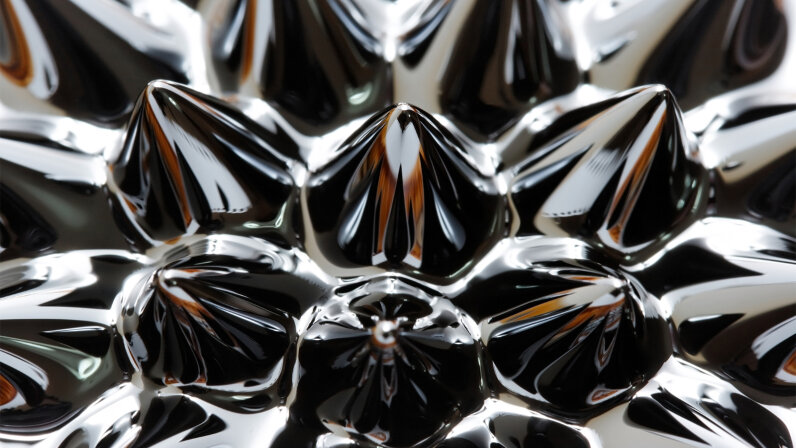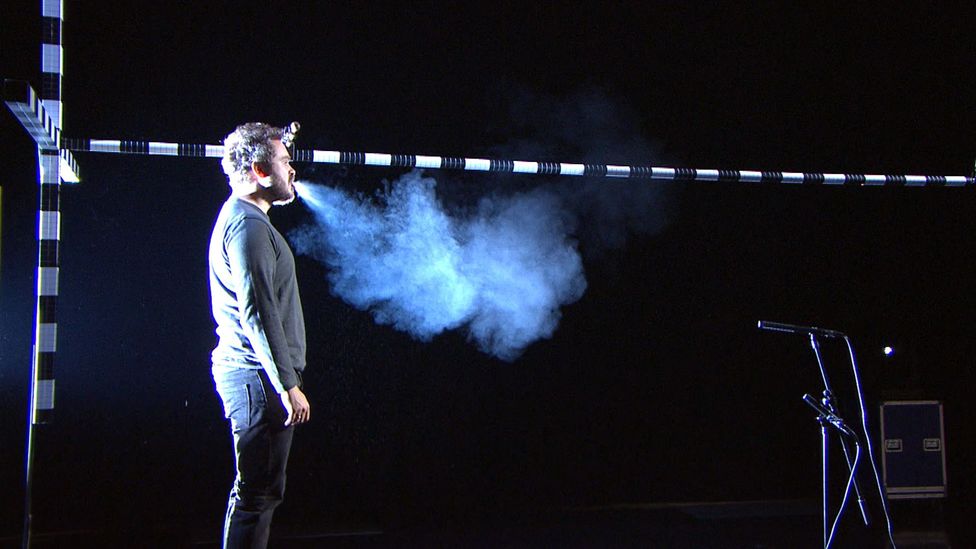
...................................................................................................................................................................
understandconstruction.com
Light wood framed construction is one of the
most popular types of building methods for homes in the United States and parts
of Europe.
It has the following characteristics:
o It is light, and
allows quick construction with no heavy tools or equipment. Every component can
easily be carried by hand - a house essentially becomes a large carpentry job.
The main tool is a handheld nail gun.
o It is able to adapt
itself to any geometric shape, and can be clad with a variety of materials.
o There are a huge
variety of products and systems tailored to this type of construction.
It has these negative characteristics:
o It is not highly
fireproof, as it is made of wood.
o It is not strong
enough to resist major wind events such as tornadoes and hurricanes.
Every timber frame home structure is made of
a few basic components:
o Studs are vertical wooden
members within the walls.
o Joists are the horizontal
wooden beams that support the floors.
o Rafters are the sloping
wooden beams that support the roof.
o Sheathing are the sheets that
are nailed over the studs to connect them securely and form the wall surfaces.
o Siding is the exterior
cladding that covers the walls from the outside.
Let us examine the major types of light wood
framed structures.
BALLOON FRAME STRUCTURES
While this is an outmoded form of wood
construction no longer used today, it is good to know what it is and why it is
no longer used.
In balloon frame construction, if you had a
two-storey house that was twenty feet high, you would use a single 20-foot long
vertical stud for both storeys.
This made the studs heavy and difficult to
handle.
The second problem was the gap between the
two studs, which acted passageways for the spread of fire from the lower to the
upper storey.
For these reasons, balloon frame construction
has been superseded by platform frame construction, which is superior in all
respects.
PLATFORM FRAME STRUCTURES
This is the sequence you would follow to
erect a 2-storey platform frame house.
Erect the ground floor platform, a horizontal
wooden platform over the foundation.
Build all the walls up to a height of one
storey. This can easily be done by building each wall flat - on the floor
platform - and then tilting it vertically.
Build the next floor platform.
Erect the next set of vertical walls in the
same manner on the top of the second platform.
Build the sloping roof over the walls.
As you can see, this system uses shorter,
lighter studs that are easy to handle. It is much easier to build walls flat
and then tilt them into place.
Since each floor is a separate horizontal platform,
this makes it convenient for construction workers to move around. These
platforms also break the vertical spread of fire.
The only disadvantage of platform frame vs.
balloon frame construction is that wood shrinkage plays a bigger role in platform
frames.
Watch this nice time-lapse video of platform
frame construction in action!
THE HISTORY OF LIGHT WOODEN FRAMED STRUCTURES
Light wooden framed structures were first
created when some bright carpenters realised that the light partition walls
they were putting up inside large heavy timber houses were capable of forming a
construction system by themselves.
The system was a skin made of timber members
covered inside and out by sheeting.
This happened approximately a century ago.
The process was accelerated by the widespread
availability of cheap machine-made nails, and properly cut and planed pieces of
wood produced by water-powered saw mills.
The American tradition of do-it-yourself also
played a large role in popularizing this style of construction.
Unlike heavy timber or brick masonry, wood
framing does not require a special set of skills acquired after years of
practice.
In modern times, light gauge steel
construction is starting to replace light wooden structures.
This
is a site that explains the art and science of building construction in great
clarity and detail. Our goal is to make
you understand concepts in building construction.
Written
by architects and engineers, the content on the site is actually a result of
accumulated years of work experience at building construction sites and design
offices. This expert knowledge of building construction is not available in
textbooks! We also take great pains to ensure that our quality of writing is of
a high standard. We aim to take complicated situations and make them simple and
clear, as well as to provide content that is interesting to industry experts
and newcomers alike. Do let us know where we succeed - and where we fail - in
this task.













